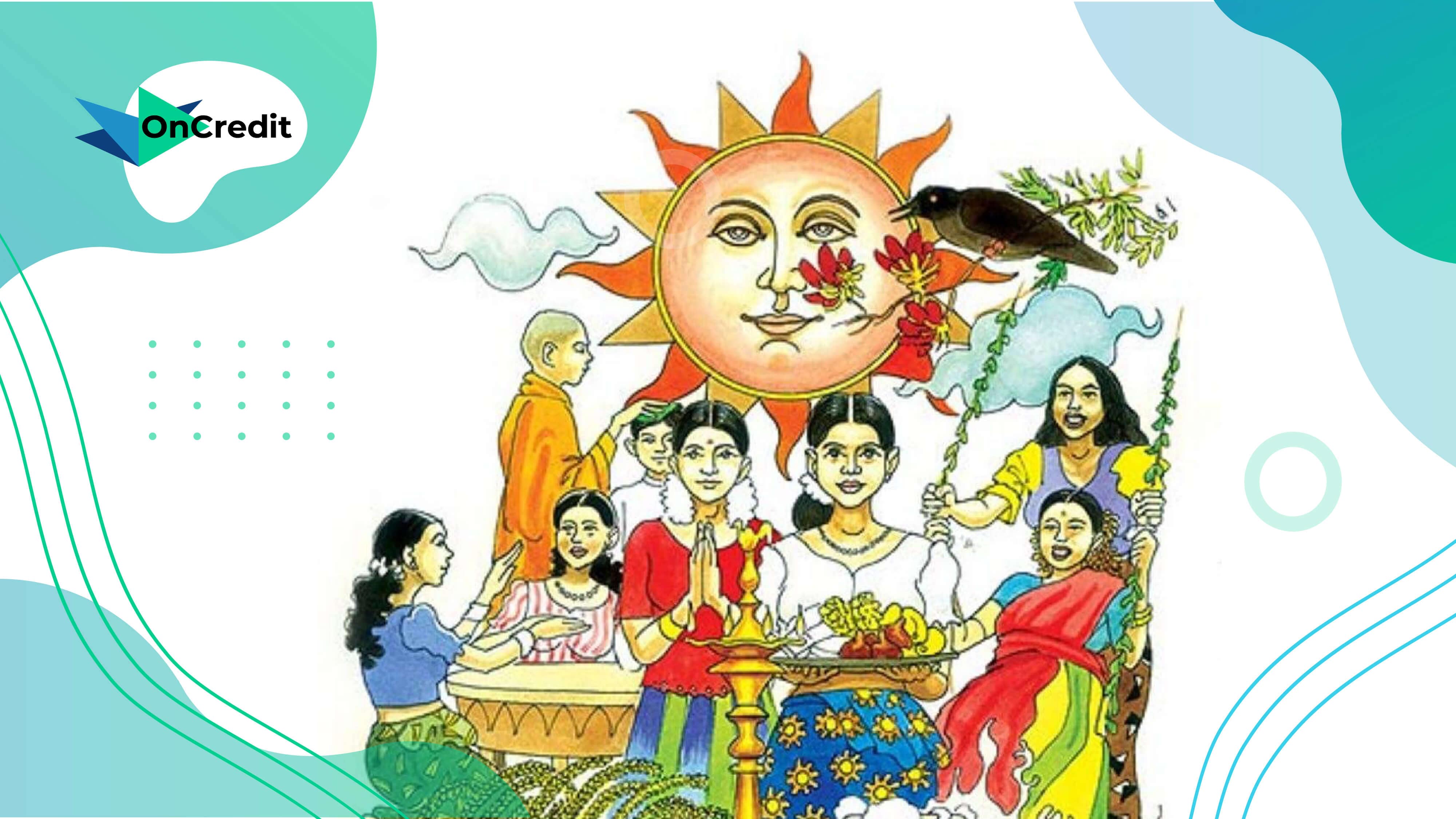Sinhala New Year Traditions
As Sinhala and Tamil New Year draws near, it becomes the second consecutive year that the festival is celebrated during a pandemic. While last year, the country was in tight lockdown during the Sinhala and Tamil New Year, the restrictions have been somewhat relaxed this year and people are waiting to follow the traditions and rituals, and visit their hometowns and relations.
Sinhala and Tamil New Year is arguably the largest national festival celebrated in Sri Lanka (Vesak, while equally colourful, is only celebrated by Buddhists). Sinhala and Tamil New Year, or Aluth Avurudu in Sinhala, is an important holiday for the Sinhala Buddhists and Tamil Hindus of Sri Lanka, as it heralds in the New Year according to the astrological calendar and marks the reaping of the harvest. Week-long festivities, customs and rituals are held to celebrate the new year, held on auspicious dates and times.
Some of the most popular Sinhala New Year traditional rituals are as follows.
- A period of time known as the "nonagathe" during which time no work is supposed to be done
- Traditional sweetmeats are prepared ahead of time; some favourites include kavum, kokis, aluwa, pani walalu, atirasa and asmi
- Wearing new clothes of the specified colour of the year
- Lighting the hearth (cooker, stove etc.) at the specific time
- Boiling milk and watching it overflow at the specific time
- Making milk rice and setting the avurudu table
- Offering betel leaves and worshipping parents and elders in exchange for blessings.
- Visiting your hometown and relations with gifts
- Exchanging plates of food and sweetmeats with neighbours
- Leaving for the first day of work at the specific time
All the auspicious dates, times and colours are released to the public in a large document known as the "litha".
Games are an important aspect of Sinhala and Tamil new year traditional rituals and there are some unique games that are a must during the Sinhala aluth aurudda. Let's take a lot at some Sinhala avurudu games or Sinhala avurudu kreeda:
- Drawing the eye on the elephant (the contestant is blindfolded and is required to correct draw the eye on a picture of an elephant)
- Bun-eating competition (the contestant’s hands are tied and they have to eat a bun hanging on a string in front of them)
- Pillow fight
- Tug-o-war
- Pot breaking (the contestant is blindfolded and is required to break clay pots hanging above his head with a stick)
- Climbing a Greased Pole (contestants have to climb a greased pole to reach the flag on top)
- Awurudu Kumaraya and Kumari (selecting the most traditional beauty as the Prince and Princess of the New Year)
- Eating buns (Banis kema) Pillow-fight – (Kotta Pora) Tug-o-War-(Kamba Adeema) Breaking the pots – (Kanamutti bindeema) Climbing the greasy pole – (Lissana gaha nageema)
Tamils celebrate New Year a little differently, especially in terms of food but at the heart of all the festivities and the Sinhala and Tamil new year games, the same sentiments of familial bonds and harmony are shared. As this Sinhala and Tamil new year dawns, the entire country will celebrate together and practice all the traditions and rituals in the hope of a more prosperous new year.







